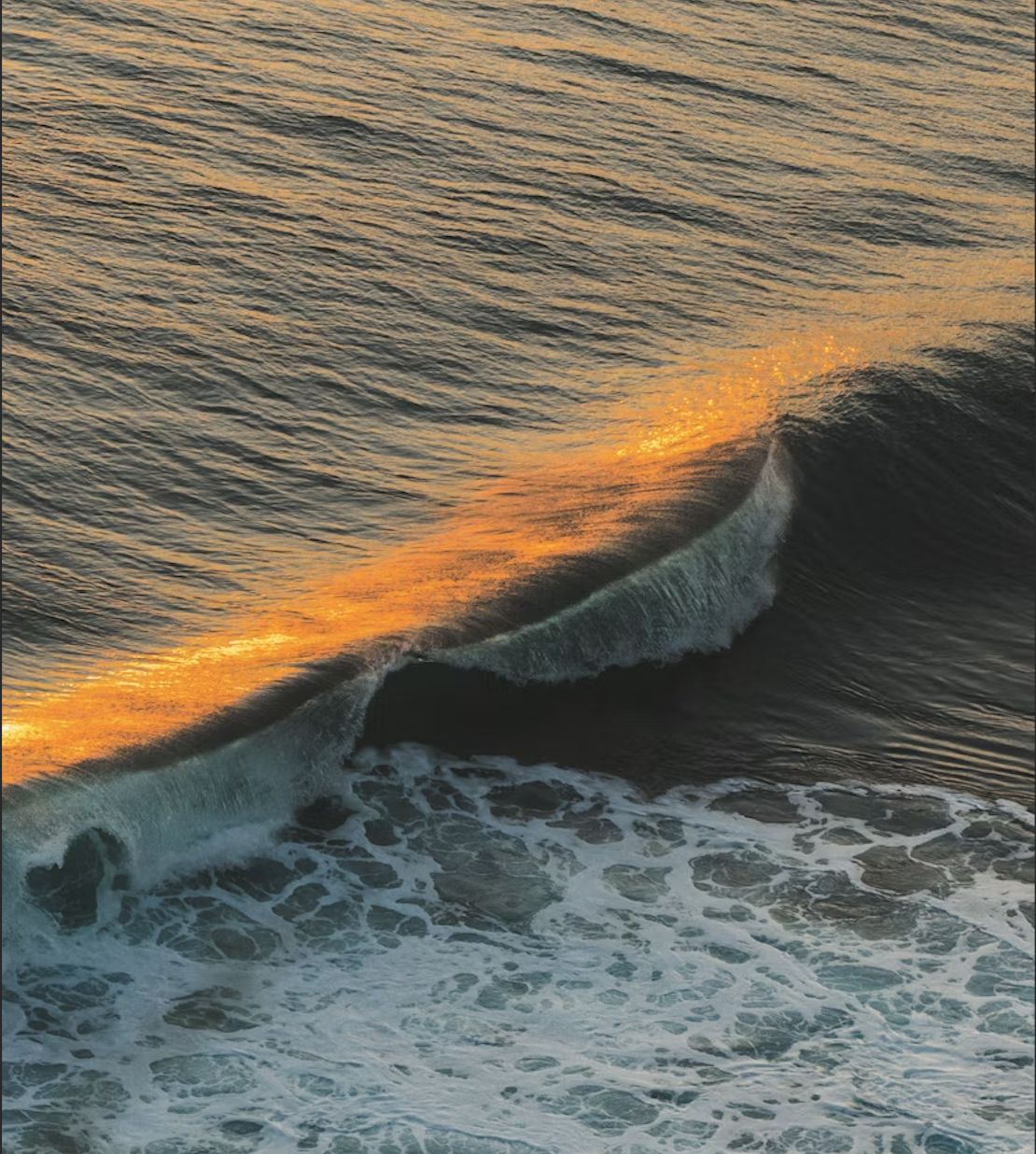
NOTES ON THERAPY
From bite-sized insights to deep dives on healing, NOTES ON THERAPY is where mind meets meaning.
As therapists, staying informed about mental health is essential. Sharing current research and raising awareness helps to reduce stigma and makes mental health support more accessible and relatable in everyday life. Check out the blog posts below for the latest in psychology and mental health.
Surfing the Urge
Cravings and big emotions feel like overwhelming waves, but remember: you don’t have to drown in them. With urge surfing, you can ride through each swell, knowing it will pass. Just keep your balance, breathe, and trust the process. Read on to learn more about urge surfing.
Cravings and big emotions can feel like overwhelming waves, but remember: you don’t have to drown in them. With urge surfing, you can ride through each swell with awareness, knowing it will pass.
Ready to learn how to stay steady when the wave hits? Let’s dive in.
Written by Emma Nagle, LCSW | April 23, 2025
“I am not afraid of storms,
for I am learning how to sail my ship.”
-- Louisa May Alcott, Little Women
Urge surfing is a mindfulness technique that helps you manage unwanted behaviors by acknowledging and accepting urges without judging or acting on them.
Use the steps below as a guide to surfing the wave:
Identify the physical sensation of the urge
Visualize the urge as a wave that builds up, peaks, and then subsides
Observe the urge without fighting it
Ride out the urge until it passes...
Like real waves, urges rise and fall—they don’t last forever. The more you practice observing rather than reacting, the more your nervous system learns that you’re safe, even in discomfort. Urge surfing isn’t about willpower or resistance—it’s about building awareness, staying present, and trusting the temporary nature of emotional and physical impulses.
With time, urge surfing strengthens your ability to pause, reflect, and choose responses that align with your long-term values rather than short-term relief. For example, someone with an addiction might use this technique to sit with the discomfort of a drug craving—observing the urge without reacting or using, and instead, allowing it to pass. This practice not only helps prevent relapse, but also builds self-trust and reinforces the recovery process.
Each time you choose to ride the wave instead of reacting to it, you're practicing a new kind of resilience. Be patient and curious with yourself. Don’t judge your urges. Every urge you surf is a step toward greater self-regulation, freedom, and trust in your own inner stability.

